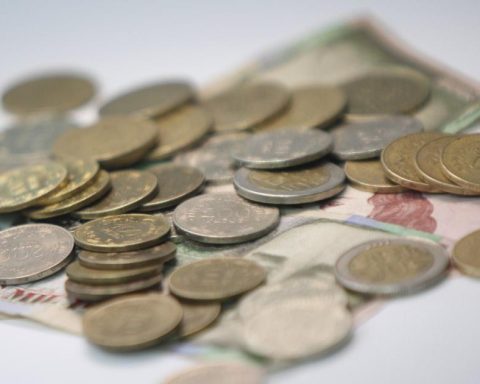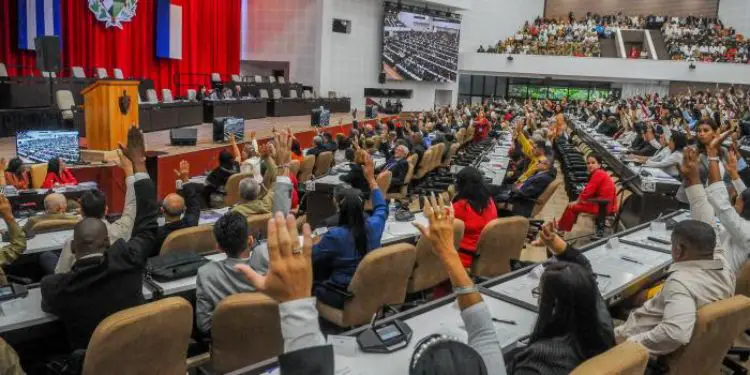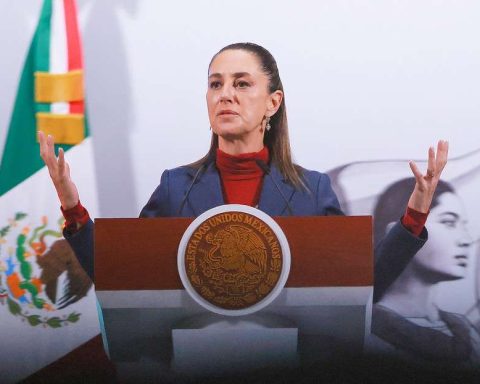During the economic reactivation, the incentives in tourism, such as the reduction in taxes, which in some cases, such as the hotel industry, reached zero, prompted Colombia to rapidly gain ground over its competitors in the region.
However, the good start would only last a couple of years, since with the arrival of inflation and the devaluation of the Colombian peso in 2022 and 2023, the domestic market has slowed down its consumption for travel.
(International transport agreement with Venezuela advances).
According to the monthly air traffic report of the Latin American and Caribbean Air Transport Association (ALTA)after the abrupt drop in the air market with the arrival of the pandemic, Colombia was the first country to recover the growth curve and exceed the number of domestic passengers mobilized compared to 2019this between December 2021 and the first months of 2022.
(These are the nominations of Colombia in the ‘Oscar of tourism’).
With this dynamic of growth, the country grew notably and left behind solid competitors in the region such as Mexico that managed to exceed the pre-pandemic figures until August 2022. However, by May, Colombia’s good streak began to fall and now remains at figures for March 2022this, according to the Association for the return this year of taxes on tourism.
(In the midst of the airline crisis, how much would travel insurance help?).
It is worth remembering that, as an extraordinary measure, the former president Iván Duque the air tax was lowered from 19% to 5% and the other products to 0% as a reactivation proposal.
Thus, although Colombia is historically known for being a country where the local market is the main driver of the sector, now it presents difficulties.
(Increase in prices of tickets and tourist packages have not yet reached the ceiling).
And although despite the challenges, the market has been able to surf the crisis, last Easter holiday season a new phenomenon was seen in the sector, while the number of domestic air travelers decreased, that of foreigners was strengthened, this above all because of the benefit that the exchange rate gives them.
Although there are no consolidated reports on the air movement of the season, the Civil Aviation launched its forecasts for this season where it was evidenced that the mobilization of 442,063 passengers was expected in the domestic market, just a little more than half that of the immediately previous year, where 886,548 passengers traveled.
(In February, income from tourism rose 12%).
The opposite occurred in the international market, because although in 2022 it was expected to mobilize 419,912 passengers, in 2023 the figure in 2023 would double, since the arrival of 954,164 foreigners to the country was anticipated.
Although this compensates for the data on mobilized travelers, it opens the door to the collection of less taxes, since it is worth remembering that foreigners are not obliged to pay them in this sector.
PAULA GALEANO BALAGUERA
Portfolio Journalist
















